Table of content
Chestnut Kabocha squash, commonly known as Beibei pumpkin in some regions, has gained immense popularity in culinary circles for its unique flavor profile and versatility in the kitchen. This vibrant orange-fleshed winter squash combines the sweetness of a sweet potato with the rich, buttery texture of a chestnut, making it a standout ingredient in both sweet and savory dishes. Whether you’re a seasoned home cook or a novice in the kitchen, mastering the art of preparing Beibei pumpkin opens doors to a world of creamy soups, roasted sides, and even desserts. In this guide, we’ll explore the origins, nutritional benefits, selection tips, and step-by-step cooking methods to help you unlock the full potential of this remarkable gourd.
Introduction to Chestnut Kabocha Squash
Chestnut Kabocha squash, scientifically classified as Cucurbita maxima, is a cultivar native to Japan but now cultivated globally. Its name, “Kabocha,” is derived from the Japanese word for squash, while “Beibei” is a Chinese moniker reflecting its compact size and adorable appearance. Unlike its larger, more fibrous cousins like butternut or acorn squash, Beibei pumpkin boasts a dense, velvety flesh with a naturally concentrated sweetness. Its rind is thick and mottled green, often speckled with faint yellow or orange streaks, and its interior houses a small seed cavity filled with edible seeds that can be roasted for a crunchy snack.
What sets Beibei pumpkin apart is its low water content and high sugar concentration, which intensifies during cooking. This characteristic makes it ideal for roasting, pureeing, or simmering into silky-smooth dishes. Its culinary adaptability has made it a favorite in vegan and vegetarian recipes, where it serves as a hearty substitute for meat or a luxurious base for creamy sauces.
Nutritional Benefits
Beyond its culinary appeal, Chestnut Kabocha squash is a nutritional powerhouse. Here’s a breakdown of its health-boosting components:
- Fiber: A 1-cup serving provides over 7 grams of dietary fiber, aiding digestion and promoting satiety.
- Vitamins: Rich in vitamin A (essential for eye health), vitamin C (supports immunity), and B-complex vitamins like folate and thiamine.
- Minerals: Contains potassium, magnesium, and iron, which contribute to bone health, muscle function, and oxygen transport.
- Antioxidants: Beta-carotene and lutein combat oxidative stress, reducing inflammation and protecting against chronic diseases.
- Low in Calories: With only about 50 calories per cup, it’s a guilt-free addition to weight-conscious diets.
Selection and Storage
Choosing the perfect Beibei pumpkin is the first step to culinary success. Look for specimens that feel heavy for their size, with a firm, unblemished rind. Avoid squash with soft spots, cracks, or mold, as these indicate spoilage. The stem should be intact and dry, signaling freshness.
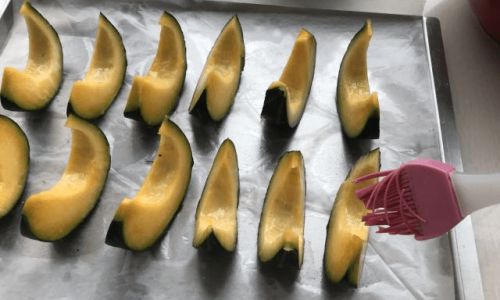
Store uncut Beibei pumpkin in a cool, dry place (like a pantry) for up to a month. Once cut, wrap the flesh tightly in plastic wrap or store it in an airtight container in the refrigerator for 3–4 days. For longer-term storage, consider freezing cooked puree or cubed flesh.
Cooking Methods
Beibei pumpkin’s versatility allows for endless preparation methods. Below, we’ll explore five techniques, each highlighting its unique texture and flavor.
Roasted Beibei Pumpkin with Herbs and Spices
Roasting caramelizes the natural sugars in the squash, creating a deeply flavorful dish.
Ingredients:
- 1 medium Beibei pumpkin (about 2 lbs)
- 3 tbsp olive oil
- 1 tsp sea salt
- 1 tsp black pepper
- 1 tsp smoked paprika (optional)
- 1 tbsp fresh rosemary, chopped
- 2 garlic cloves, minced
Instructions:
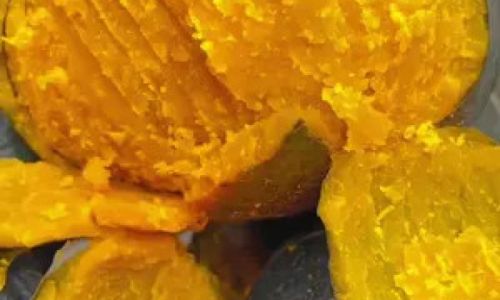
- Preheat the oven to 400°F (200°C). Line a baking sheet with parchment paper.
- Wash the pumpkin thoroughly. Using a sharp knife, carefully halve it lengthwise. Scoop out the seeds and fibrous strands (reserve seeds for roasting if desired).
- Slice each half into 1-inch wedges. Toss with olive oil, salt, pepper, paprika, rosemary, and garlic.
- Arrange the wedges in a single layer on the baking sheet. Roast for 35–40 minutes, flipping halfway, until tender and caramelized at the edges.
- Serve as a side dish, topped with a drizzle of balsamic glaze or crumbled feta cheese.
Pro Tip: For extra crispiness, sprinkle the wedges with grated Parmesan cheese 10 minutes before removing them from the oven.
Creamy Beibei Pumpkin Soup
This velvety soup is a comforting classic, perfect for chilly evenings.
Ingredients:
- 1 medium Beibei pumpkin (about 2 lbs)
- 1 medium onion, diced
- 2 garlic cloves, minced
- 1 tbsp fresh ginger, grated
- 4 cups vegetable broth
- 1 cup coconut milk (or heavy cream for a richer version)
- 2 tbsp olive oil
- 1 tsp ground cumin
- 1/2 tsp cinnamon
- Salt and pepper to taste
Instructions:
- Preheat the oven to 375°F (190°C). Roast the whole pumpkin for 45–50 minutes until tender. Let cool, then scoop out the flesh.
- In a large pot, sauté onion, garlic, and ginger in olive oil until fragrant. Add cumin and cinnamon; stir for 1 minute.
- Add roasted pumpkin flesh and vegetable broth. Bring to a boil, then reduce heat and simmer for 15 minutes.
- Use an immersion blender to puree until smooth. Stir in coconut milk and season with salt and pepper.
- Serve hot, garnished with toasted pumpkin seeds and a swirl of yogurt.
Variation: For a spicy kick, add a pinch of cayenne pepper or a diced jalapeño during sautéing.
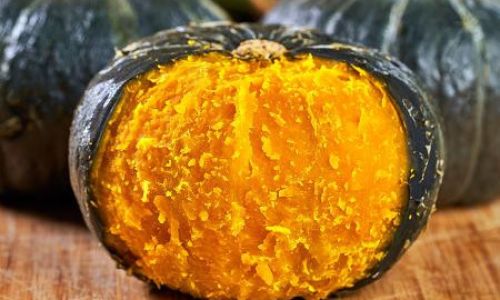
Beibei Pumpkin Risotto
Elevate risotto with the squash’s natural sweetness and creamy texture.
Ingredients:
- 1 cup Arborio rice
- 4 cups vegetable broth
- 1 cup Beibei pumpkin puree (roasted and blended)
- 1/2 cup white wine
- 1 small shallot, minced
- 1/4 cup grated Parmesan cheese
- 2 tbsp butter
- 2 tbsp olive oil
- Salt and pepper to taste
Instructions:
- In a saucepan, heat vegetable broth and keep warm.
- In a large skillet, sauté shallot in olive oil until translucent. Add rice and stir for 2 minutes.
- Pour in wine and cook until absorbed. Add broth one ladle at a time, stirring constantly, until each addition is absorbed.
- After 15 minutes, stir in pumpkin puree. Continue adding broth until rice is al dente (about 18–20 minutes total).
- Remove from heat. Stir in butter, Parmesan, salt, and pepper. Let rest for 5 minutes before serving.
Pairing Suggestion: Serve with a crisp green salad and a glass of Chardonnay.
Stuffed Beibei Pumpkin with Quinoa and Cranberries
A festive, wholesome dish perfect for holidays or meal prep.
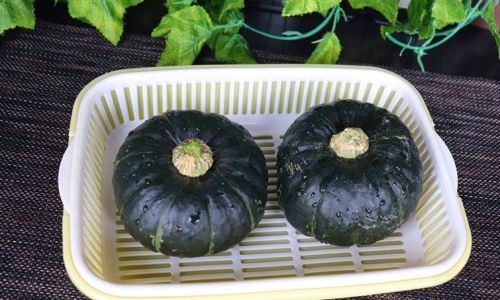
Ingredients:
- 2 small Beibei pumpkins (about 1 lb each)
- 1 cup quinoa, rinsed
- 1 cup vegetable broth
- 1/2 cup dried cranberries
- 1/4 cup toasted pecans, chopped
- 1/4 cup fresh parsley, chopped
- 2 tbsp olive oil
- 1 tsp ground cinnamon
- Salt and pepper to taste
Instructions:
- Preheat the oven to 375°F (190°C). Halve the pumpkins and scoop out seeds. Rub flesh with olive oil, salt, and pepper. Place cut-side down on a baking sheet and roast for 25–30 minutes until tender.
- Meanwhile, cook quinoa in vegetable broth according to package instructions. Fluff with a fork and stir in cranberries, pecans, parsley, cinnamon, salt, and pepper.
- Flip the roasted pumpkin halves cut-side up. Stuff each with quinoa mixture, packing gently. Return to the oven for 15 minutes.
- Serve warm, sprinkled with additional pecans and a drizzle of honey.
Pro Tip: For a protein boost, add crumbled goat cheese or sautéed mushrooms to the stuffing.
Beibei Pumpkin Gnocchi with Brown Butter Sage Sauce
Impress dinner guests with this elegant, handmade pasta dish.
Ingredients:
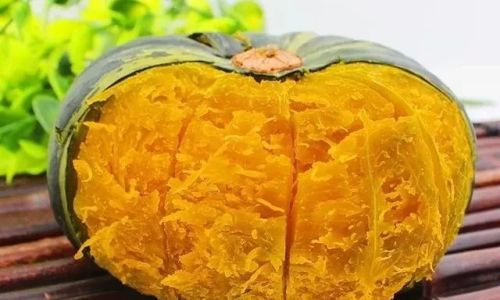
- 1 lb Beibei pumpkin puree (roasted and mashed)
- 1 1/2 cups all-purpose flour (plus more for dusting)
- 1/4 cup grated Parmesan cheese
- 1/2 tsp nutmeg
- Salt to taste
- 4 tbsp butter
- 10 fresh sage leaves
- 1/4 cup toasted pine nuts
Instructions:
- In a large bowl, combine pumpkin puree, flour, Parmesan, nutmeg, and salt. Mix until a soft dough forms.
- Turn the dough onto a floured surface and knead gently. Divide into 4 portions. Roll each into a 1/2-inch-thick rope. Cut into 1-inch pieces.
- Using a fork, gently press each gnocchi to create ridges. Cook in boiling salted water for 2–3 minutes until they float.
- In a skillet, melt butter over medium heat. Add sage leaves and cook until crispy. Toss gnocchi in the brown butter sauce.
- Serve topped with pine nuts and freshly grated Parmesan.
Expert Tip: Freeze uncooked gnocchi on a baking sheet, then transfer to a freezer bag for up to 3 months. Cook directly from frozen.
Creative Twists and Pairings
- Sweet Applications: Use Beibei pumpkin puree in pies, muffins, or pancakes. Its natural sweetness reduces the need for added sugar.
- Savory Pairings: Combine with miso, tahini, or chili paste for umami-rich sauces.
- Beverages: Blend into smoothies or lattes with spices like cinnamon and cardamom.
Conclusion
Chestnut Kabocha squash, or Beibei pumpkin, is a culinary chameleon that elevates any dish with its buttery texture and nuanced sweetness. Whether roasted, pureed, or stuffed, this versatile gourd offers a canvas for creativity while delivering a nutritional punch. By mastering these cooking techniques, you’ll not only expand your recipe repertoire but also savor the joy of transforming a humble squash into a gourmet delight. Experiment, taste, and let the Beibei pumpkin’s magic inspire your next kitchen adventure.
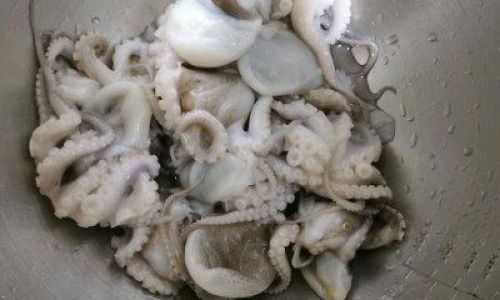
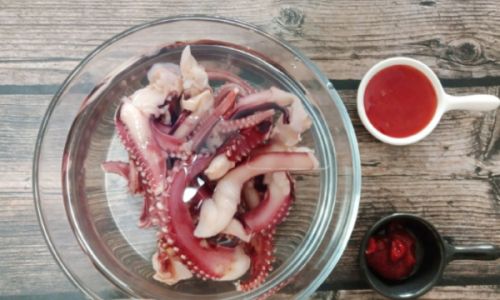
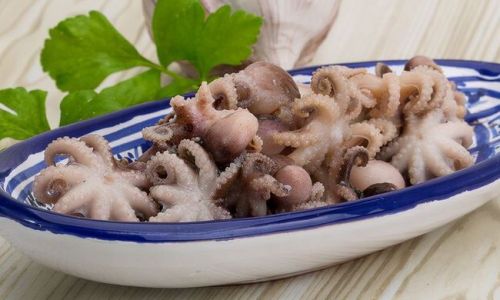
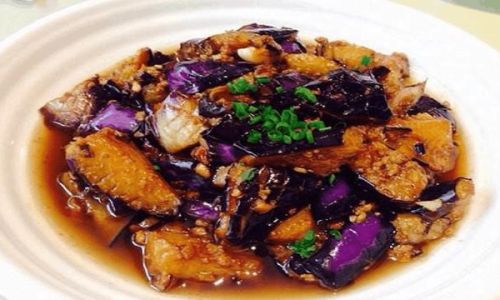
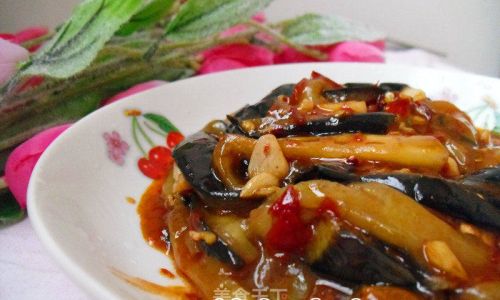
0 comments